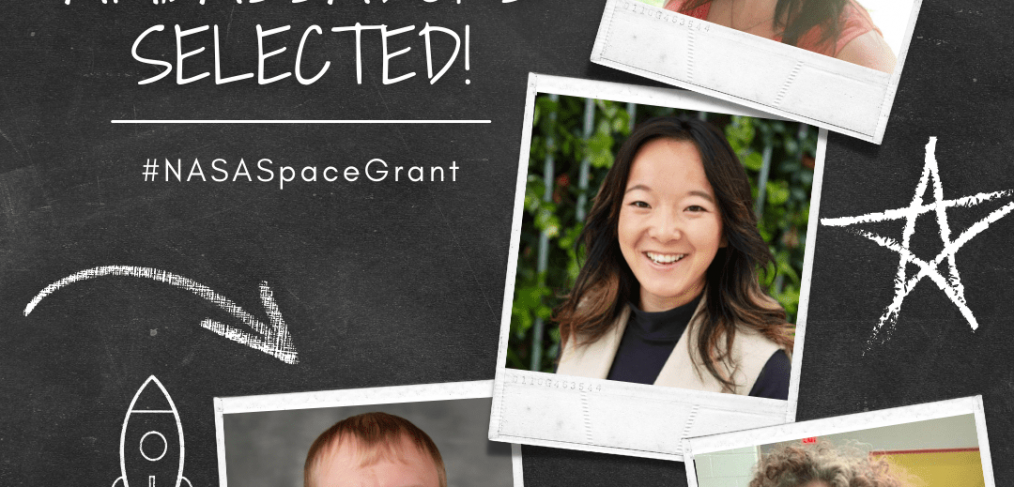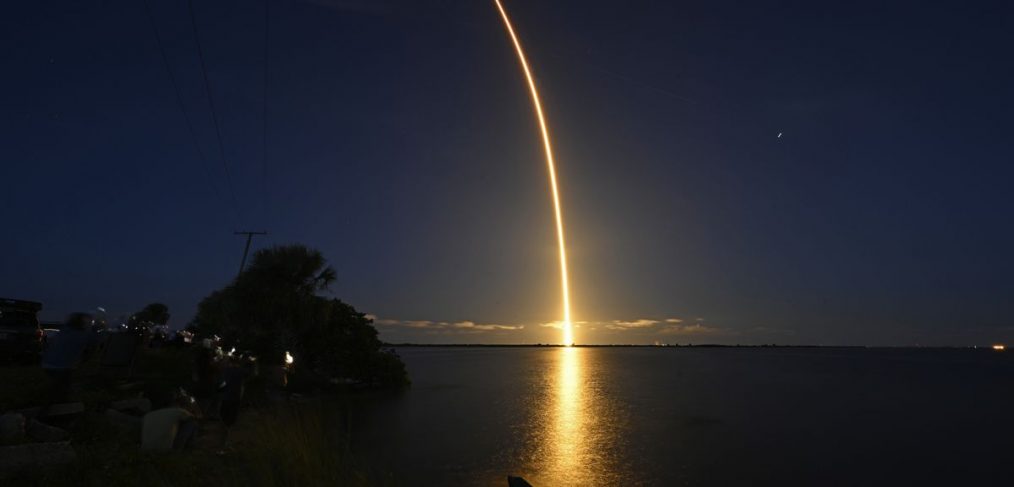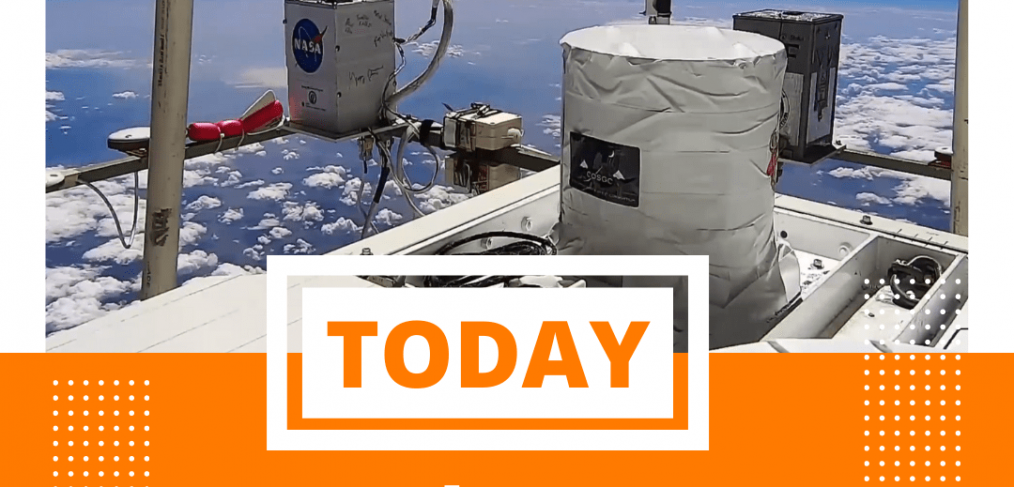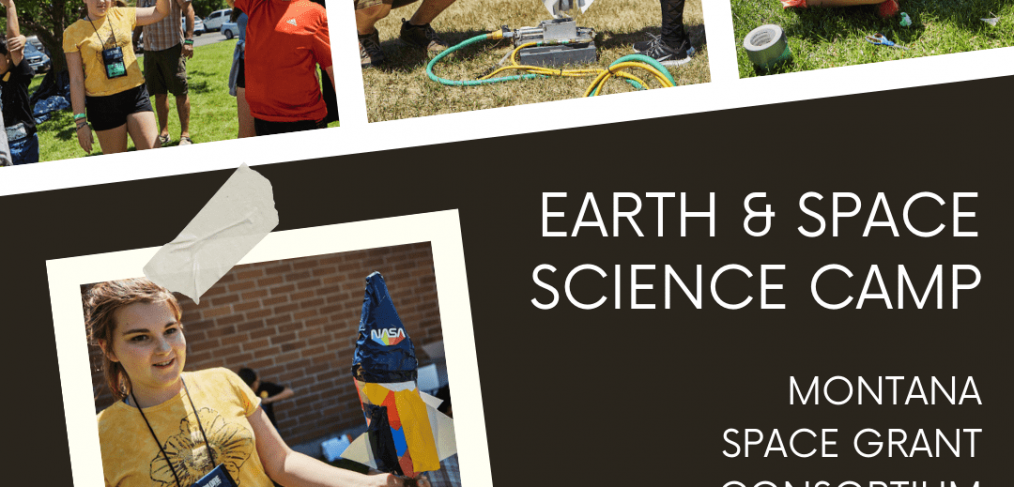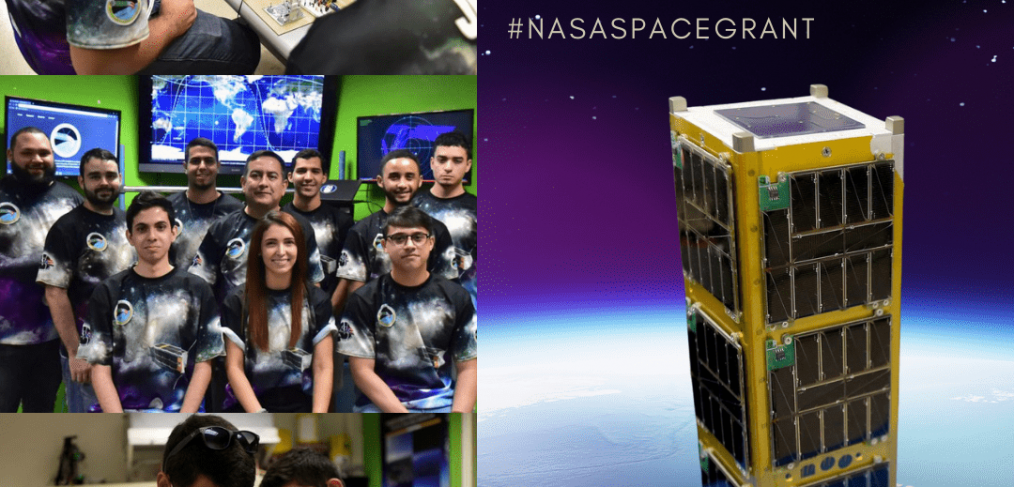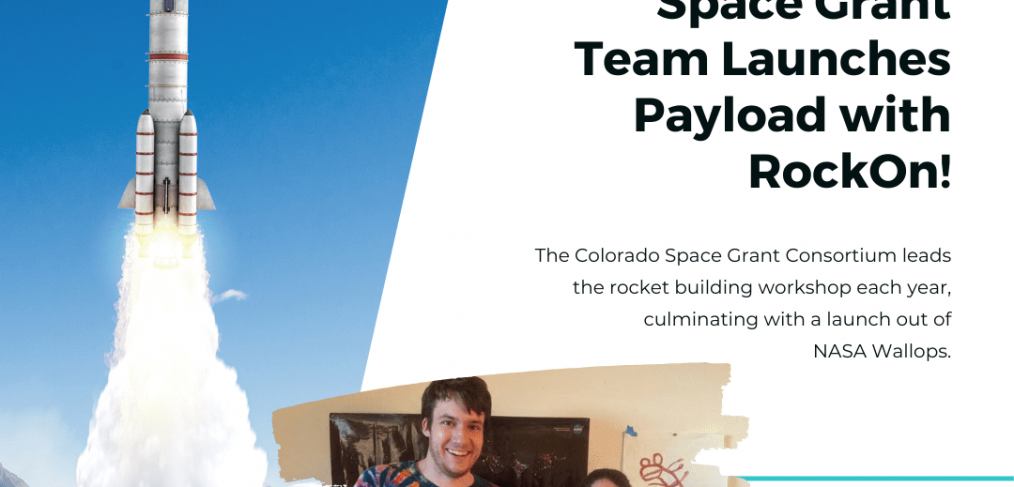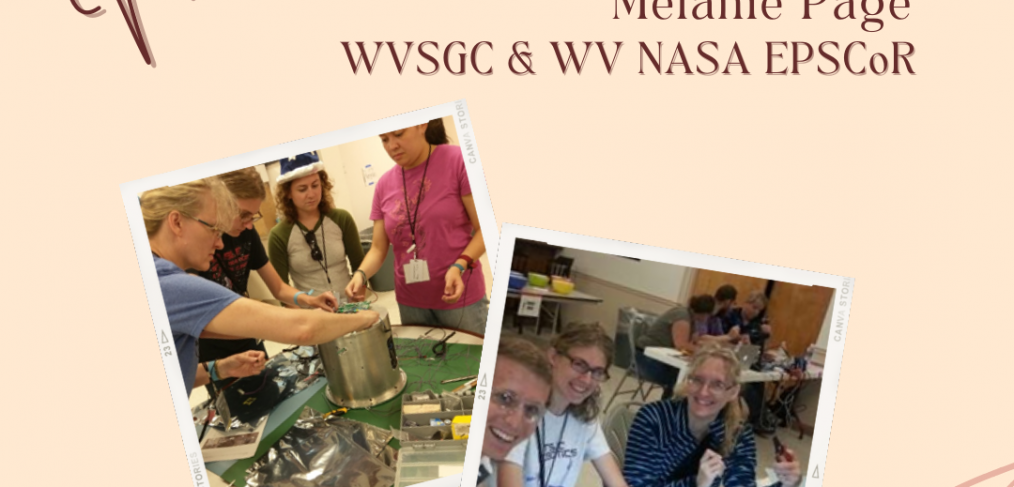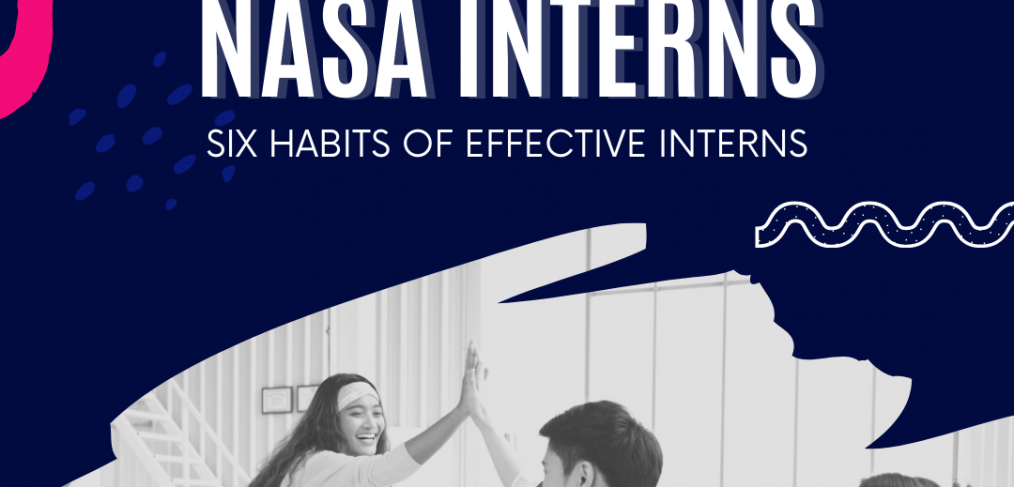NC Space Grant proudly presents the 13 teachers selected as the second class of the North Carolina Space Education Ambassadors (NCSEA) program, offered in collaboration with NASA Langley Research Center in Hampton, Virginia. The NCSEA program is building a statewide network of master teachers who deliver NASA educational content to their local students, schools and communities.
NC Space Grant partners with NASA education specialists from NASA Langley and other NASA field centers to provide NCSEA educators with intensive professional development in current NASA Next Gen STEM education themes. The teachers will participate in professional development and earn NASA digital badges.
Read the full article, including quotes of all 13 selected educators, here.


